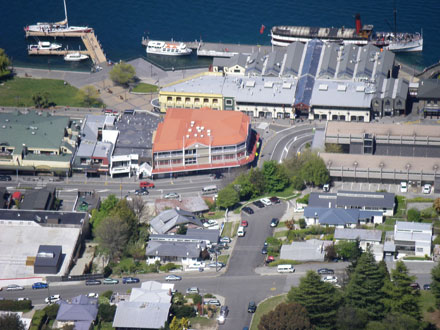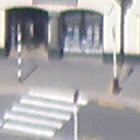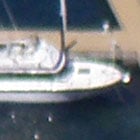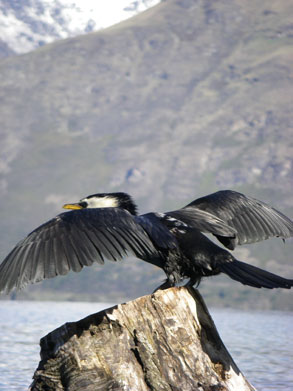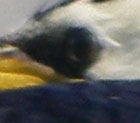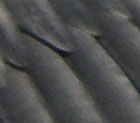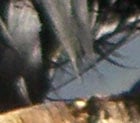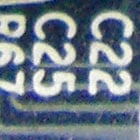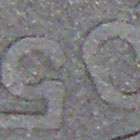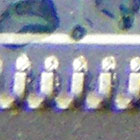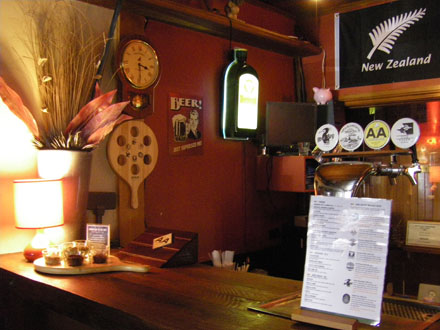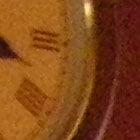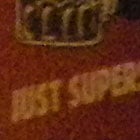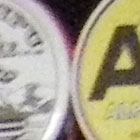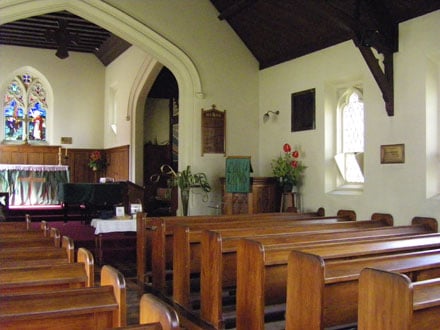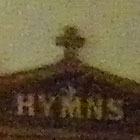Landscape: 2.74MB, Program mode, 1/200, f7, ISO 64, 6.3-44.1mm at 6.3mm (equivalent to 38mm)
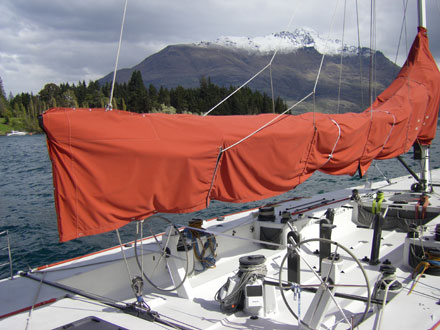 |
|
Our first sample was taken on a bright day with the Z10 zoomed-out to wide angle and set to its lowest 64 ISO sensitivity. As such this represents perfect conditions. The crops show a fair degree of detail, although high contrast areas can exhibit a little purple fringing as seen in the first and third crops. The first crop of the distant boat also shows a loss of ultimate detail, especially in the foliage areas which appear fuzzy.
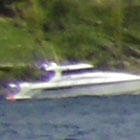 It’s an ok result though so long as you don’t examine it too closely. | | | | | | | |
|
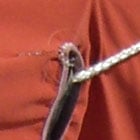 |
|
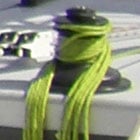 |
|
Landscape: 2.94MB, Program mode, 1/320, f7, ISO 100, 6.3-44.1mm at 6.3mm (equivalent to 38mm)
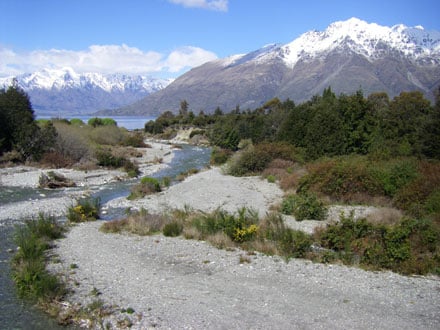 |
|
Here’s another shot taken on a very bright sunny day, again with the lens zoomed-out to its widest equivalent of 38mm, but this time with the sensitivity increased a notch to 100 ISO. As you’d hope this slight increase in sensitivity hasn’t had a negative result on noise levels and the crops remain clean and fairly detailed. Dedicated pixel peepers may notice the finest texturing through noise or processing, but it’s really barely visible. | | | | | | |
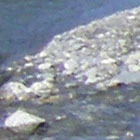 |
|
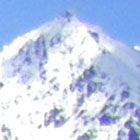 |
|
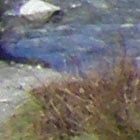 |
|
Landscape: 2.79MB, Program mode, 1/25, f3.5, ISO 100, 6.3-44.1mm at 6.3mm (equivalent to 38mm) |
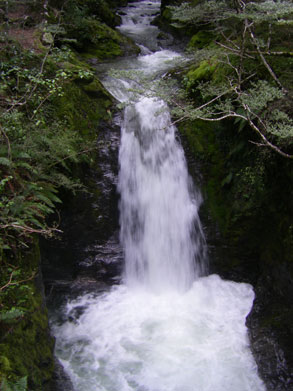 |
|
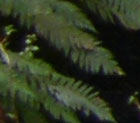 |
|
Our final 100 ISO sample here was again taken with the camera zoomed-out, but under very dim conditions. Once again the crops are fairly detailed and there’s little concern over noise or processing. More obvious here is the purple fringing in high contrast areas, like the waterfall, although this is barely visible on most prints. On the downside, the lack of optical or sensor shift stabilisation prevented us from hand-holding a slower exposure to blur the water. | |
|
|
| |
|
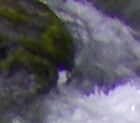 |
| |
|
|
| |
|
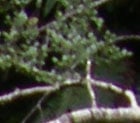 |
|
Portrait: 3.08MB, Program mode, 1/250, f8.4, ISO 200, 6.3-44.1mm at 21mm (equivalent to 127mm)
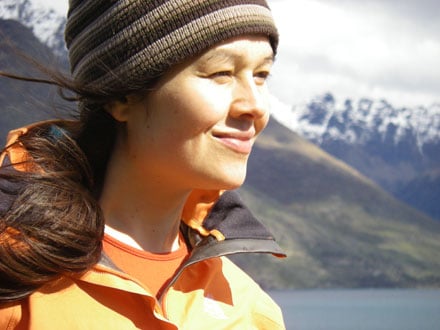 |
|
This portrait shot was taken with the Z10 zoomed about halfway-in to an equivalent of 127mm and the sensitivity increased to 200 ISO. If you stand back a little and zoom-in further, it’s possible to better throw the background out of focus. The increase in sensitivity has however resulted in a noticeable increase in noise and processing artefacts on the crops wehn examined at 100%. It’s fine for prints, but pixel-peepers won’t like it. | | | | | | |
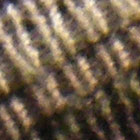 |
|
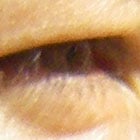 |
|
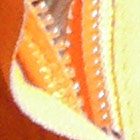 |
|
Landscape: 3.10MB, Program mode, 1/320, f5.4, ISO 64, 6.3-44.1mm at 44.1mm (equivalent to 266mm)
Wildlife: 3.35MB, Program mode, 1/250, f5.4, ISO 100, 6.3-44.1mm at 44.1mm (equivalent to 266mm)
Macro: 3.06MB, Program mode, 1/320, f7, ISO 400, 6.3-44.1mm at 6.3mm (equivalent to 38mm)
Indoor: 3.08MB, Program mode, 1/40, f3.5, ISO 400, 6.3-44.1mm at 6.3mm (equivalent to 38mm)
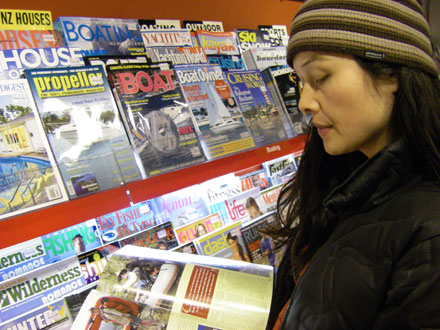 |
|
Another shot at 400 ISO, this time taken in dimmer indoor lighting conditions. As with the sample above, there’s certainly noise visible, especially in shadow areas, but it remains acceptable for most situations unless you’re a dedicated pixel-peeper. The big drop on the Z10 occurs at 800 ISO as seen below… | | | | | | |
 |
|
 |
|
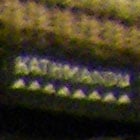 |
|
Indoor: 3.05MB, Program mode, 1/13, f3.5, ISO 800, 6.3-44.1mm at 6.3mm (equivalent to 38mm) Indoor: 3.21MB, Program mode, 1/80, f3.5, ISO 1600, 6.3-44.1mm at 6.3mm (equivalent to 38mm) |
















